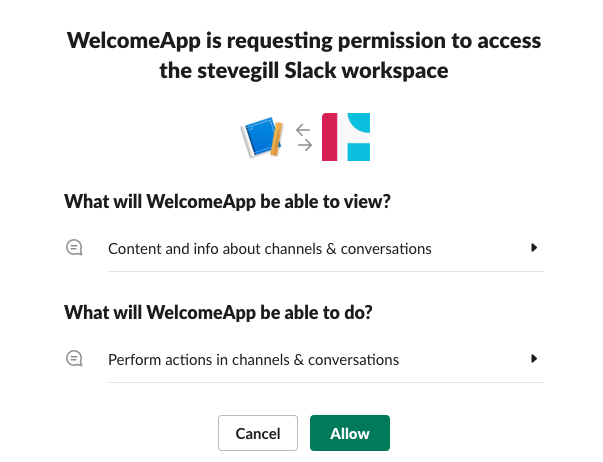また、実行すると偶にoauthauthorizationurlmismatchと返される場合があるが、それはOAuthの認証URLが異なるからである。 どちらのURLを使用するかは、 Settings/App Credentials のClient IDを見ると右下に小さく書いているので、それで判断する事が可能である。. How to access Simplify Link using OAuth 2.0. Node-slack-sdk: oauthauthorizationurlmismatch on oauth.v2.access ketika url menyertakan parameter tim Dibuat pada 15 Mei 2020 9 Komentar Sumber: slackapi/node-slack-sdk.
Писал я значит функционал для одного проекта. Там нужно было в личном кабинете пользователя показывать статистику посещения его страниц.

Решил я все сделать с использованием API Yandex Метрики. Все сделал, все норм. И вдруг, все отвалилось и перестало работать.
Начал гуглить что за фигня. И нашел в описании API, что с 13 февраля 2019 года передача OAuth токена в HTTP параметрах URL не будет работать для Yandex Метрики. OAuth токен нужно передавать в HTTP заголовке. Опять давай гуглить. Нашел решение. Перепелил под себя.
Oauth Callback Url Example
Вот оно, может кому-нибудь пригодится:

